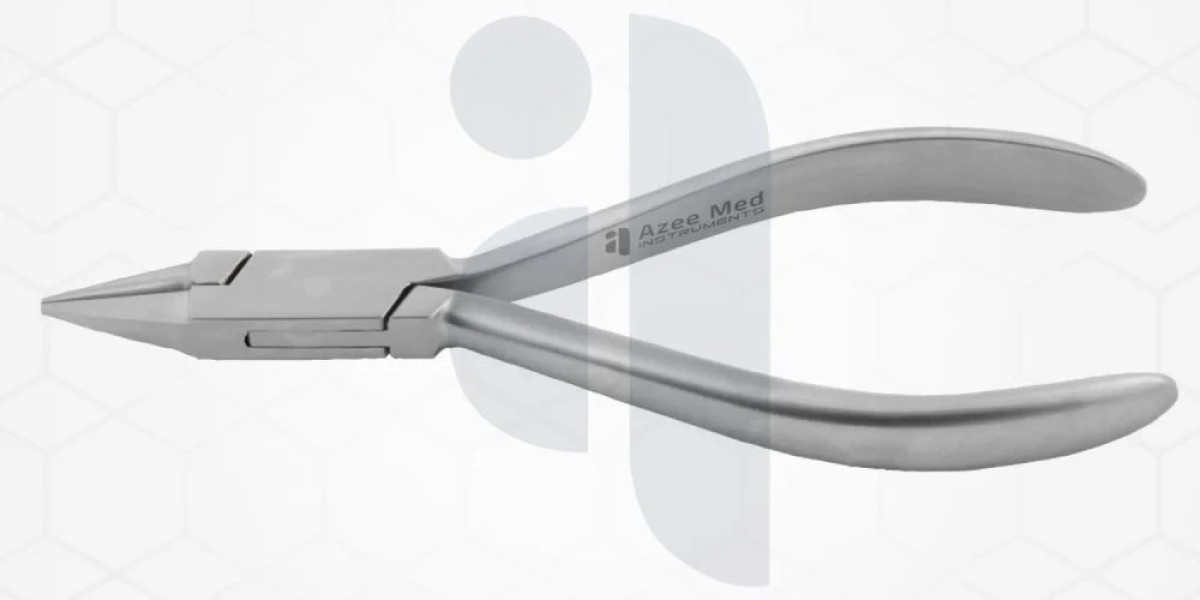Oral and maxillofacial surgery is a specialized field that bridges the gap between dentistry and broader medical practices. This discipline involves the diagnosis and surgical treatment of conditions affecting the mouth, jaws, face, and neck. Central to these procedures are the highly specialized instruments that oral maxillofacial surgical instruments rely on to perform precise operations with minimal complications.

The Role of Instruments in Oral Maxillofacial Surgery
Every oral and maxillofacial surgical procedure is unique, requiring a variety of instruments to ensure accuracy and successful outcomes. From minor dental extractions to complex jaw reconstructions, the tools used in this field are meticulously designed to meet the highest standards of medical care. Surgical instruments for these procedures often include advanced scalpel blades, retractors, forceps, scissors, and suturing tools.
Each instrument plays a crucial role in optimizing the surgeon’s ability to perform delicate and highly technical operations. For example, retractors are essential to expose surgical sites, allowing for better visibility and access. Similarly, surgical forceps provide the precision needed to manipulate tissues or extract teeth. These instruments are crafted with ergonomic designs to reduce fatigue during lengthy surgeries while maximizing control and precision.
Adaptation and Technological Advances
Over the years, advances in materials and technology have revolutionized the design and usability of oral maxillofacial surgical instruments. Stainless steel remains the material of choice for most tools due to its durability and resistance to corrosion. However, newer materials, such as titanium and composite polymers, are gaining popularity for their lightweight yet robust properties. Innovations in instrument design have further enhanced the efficiency and safety of surgical procedures.
For instance, high-speed drills and piezoelectric devices are now standard components in oral and maxillofacial surgeries. These advanced surgical tools allow for micro-precision while minimizing damage to surrounding tissues. Customization has also become prevalent, enabling the creation of instruments tailored to specific procedures or patient needs.
Specialized Applications in Plastic Surgery
Though oral maxillofacial surgical instruments are primarily designed for dental and craniofacial applications, they often overlap with the tools used in plastic surgery. Procedures like corrective jaw surgeries, facial trauma repair, and cosmetic enhancements demand instruments that provide versatility and precision. For instance, a plastic surgery surgical instrument might be used alongside traditional oral surgical tools during reconstructive operations to achieve seamless aesthetic results while maintaining functional integrity.
This intersection of plastic surgery and maxillofacial surgery highlights the importance of cross-disciplinary instrument compatibility. These shared tools represent an opportunity for improved outcomes, as the refinement in design benefits both surgical domains.
The Importance of Precision and Maintenance
The effectiveness of oral maxillofacial surgical instruments is directly tied to their maintenance and sterilization. Proper care ensures not only the longevity of the tools but also the safety of patients. Instruments undergo stringent sterilization protocols to eliminate contaminants and maintain compliance with medical standards.
Surgeons and medical teams must also routinely inspect these tools for wear and damage. Even minor irregularities can impact the precision of a surgical instrument, compromising the success of a procedure. Regular maintenance checks and the use of high-quality instruments are critical to delivering superior patient care in oral maxillofacial surgery.
Conclusion
Oral maxillofacial surgical instruments are indispensable in the field of complex facial and jaw surgeries. With a clear focus on precision, ergonomics, and technological advancements, these tools enable surgeons to achieve excellent clinical outcomes. The evolving overlap with other surgical specialties, such as plastic surgery, further emphasizes the need for versatile and cutting-edge instruments. By investing in the right tools and maintaining rigorous care standards, healthcare professionals can continue to provide exceptional treatment and improve patients' quality of life.



